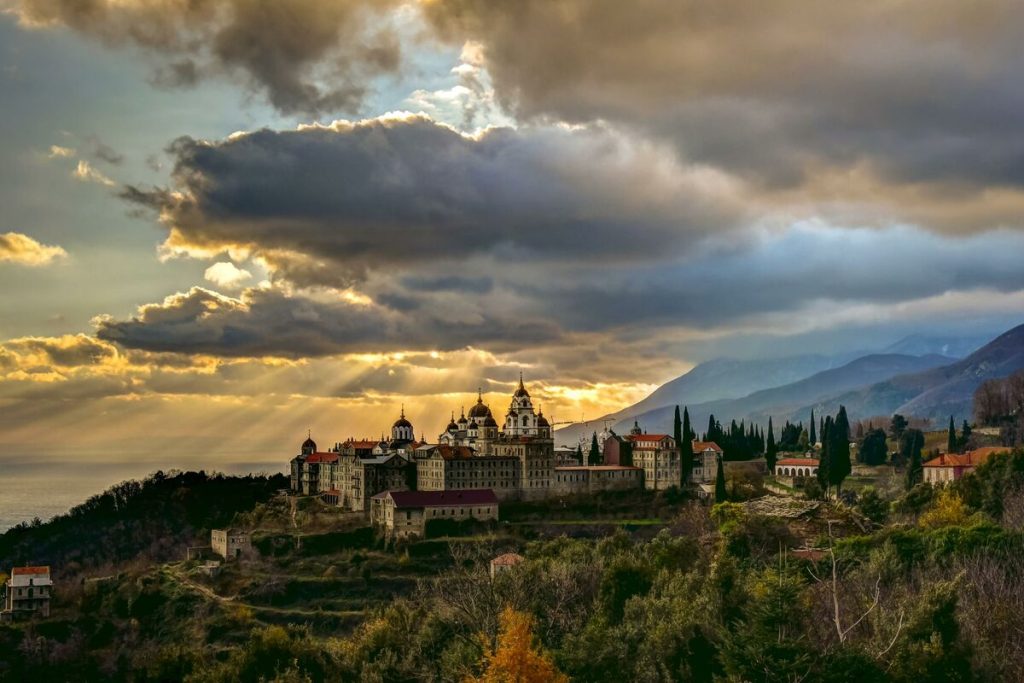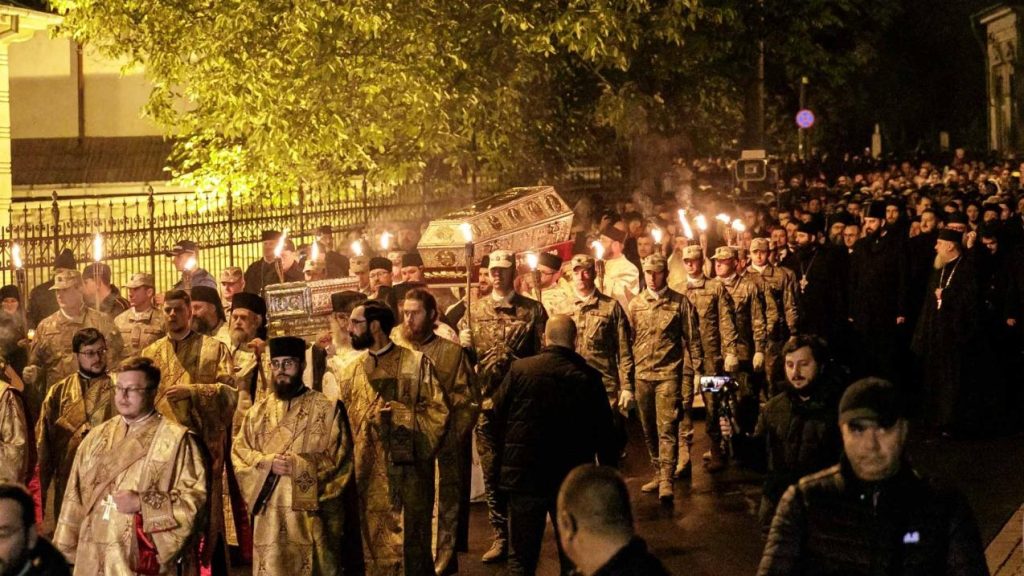When in 1961 St. Nektarios of Aegina (+1920) was officially canonized, in one of the monasteries of the Holy Mount Athos the brotherhood was divided in their opinions about his canonization.
Some acknowledged the holiness of the Saint, while others refused flatly to pray to him as a saint of God. The atmosphere in the monastery became tense and heated up from day to day.
Then, the virtuous igumen of this monastery, seeing the turmoil taking place, summoned all the brethren and said:
– Let’s, fathers and brothers, not allow that the question of the holiness of Nektarios became a cause of disputes and spiritual doom in our brotherhood. From today I pronounce in our monastery three days of strict fasting and prayer. Let us fast and ask God to Himself reveal to us – Saint Nektarios or not a saint.
Continue reading

